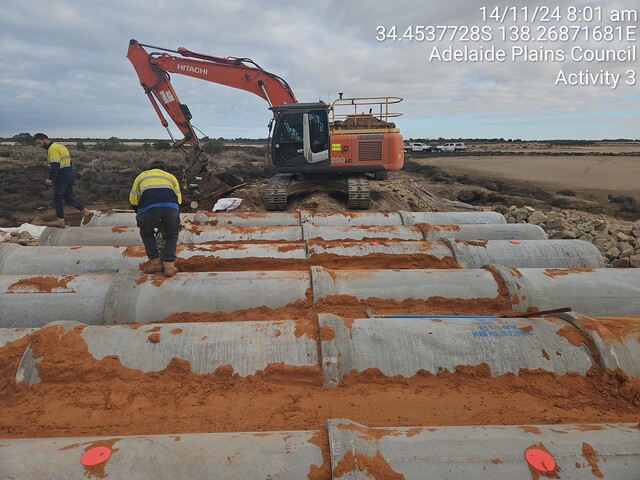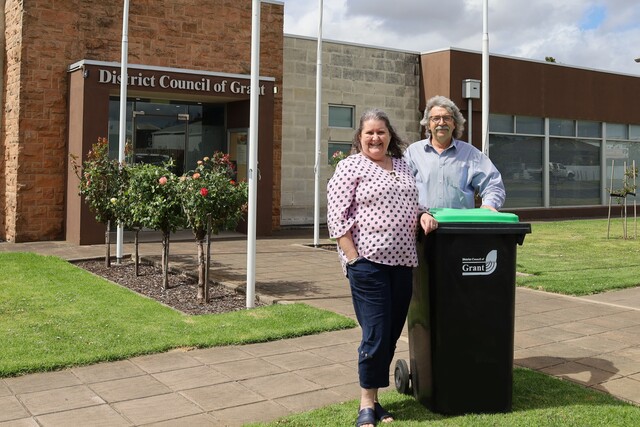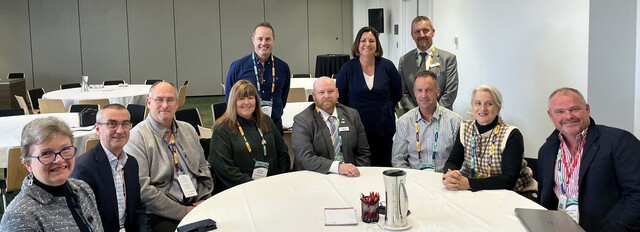At the City of Newcastle Council, the journey of embracing new technology has been one of highs and lows. Everyone wants to dip their toe in the pool and splash around but when it comes to actually setting up policy and procedures the enthusiasm definitely wanes.
As an organisation we are currently in the midst of transforming the way we do business by undertaking a process of Enterprise Resource Planning (ERP). This basically means we are getting our house in order when it comes to Information Technology (IT), which will in turn impact on the way we operate. There are a lot of councils out there that are in the same boat.
For many years we selected computer software on a function-by-function basis. For example, in one year we might go to tender for a finance system; in another year we’d tender for a property system. This is often referred to as a ‘Best of Breed’ strategy.
Until recently, most councils across Australia adopted this approach, as fully integrated solutions were both scarce and very expensive.
The problem with this is that the business processes that we use every day cross over the computer system’s boundaries. Each crossover requires a new interface to be constructed. Over time, these interfaces become very complex and costly to support.
An integrated ERP system eliminates the need for these interfaces and provides software functionality that is built to represent ‘best practice’.
So how are we progressing at the City of Newcastle? We have recently called for tenders and two preferred suppliers have been selected. We are currently in the nitty-gritty stage of the selection process, trying to figure out what solution is going to provide the best outcome
for Newcastle.
What we are seeking to deliver is a comprehensive business change by developing a better match between an integrated system and the way that we work as an organisation. The table sets out the current situation at Council, and our aims following the implementation of the ERP.
| Current situation | Post ERP | |
| We have 19 different locations just for name and address information. | Information is stored and maintained in one location. | |
| We are presented with different screen layouts, different ways of interacting with screens, and specialist training is required. | The look and feel of all screens is the same, regardless of what you are doing. | |
| Each of our major systems was purchased at different times from different vendors. They are all upgraded at different times and when there is a problem it is not always clear which system is at fault. |
One vendor for support and upgrades. | |
| We are required to login separately to each system we want to access. | Single login. | |
| e-Services are not available. | Availability of e-Services — all data is stored in one system in one database, so providing customers with access to certain data is relatively straight forward. | |
| There is no support for mobile technologies. | Support for mobile technologies — the latest software packages are built to support industry standard mobile technologies. |
There is no easy, risk-free path to delivering an organisation-wide software platform to a business such as ours, which is already up and running and has been for a long time. However, if we get this right we will put our Council on a strong footing for the foreseeable future. There is also a financial bonus, as we expect to save $1.5million in the first three years following implementation.
So, wish us luck as the City of Newcastle Council battens down the hatches for our transition to the new world of Enterprise Resource Planning. We’ll report back in about two years to let you know how we go.







